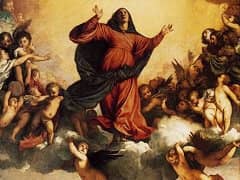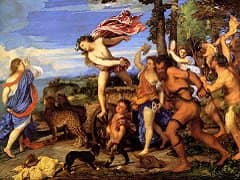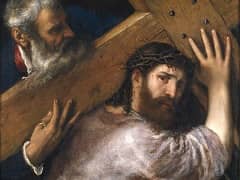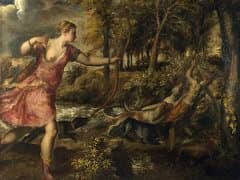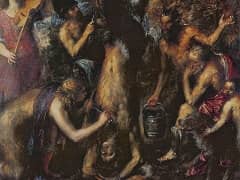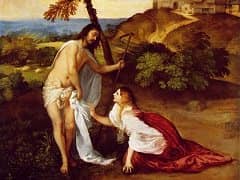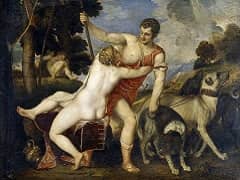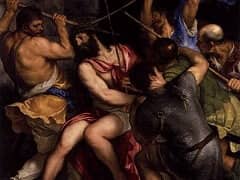Tityus, 1548 by Titian
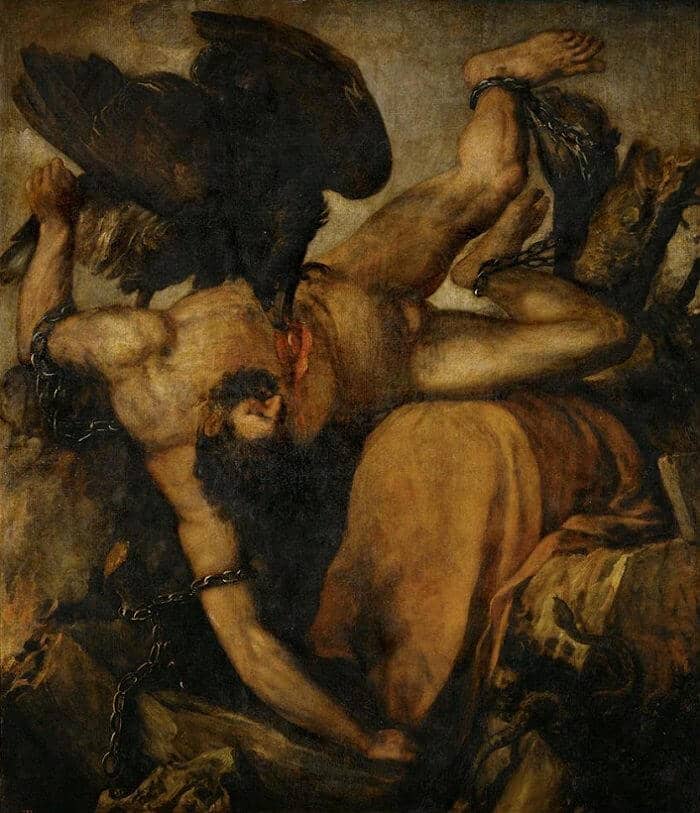
The mythology of Greco-Roman antiquity provided the other great body of narrative themes for Titan. Beginning at 1540s, Titna set about visually reconstructing those legends and images. In his later years, following his Roman visit, he had many more occasions to renew and deepen his study of the ancient myths. In 1548 he received a commission from Mary of Hungary, sister of Charles V and Regent of the Netherlands, for a series of subjects drawn from Ovid's description of the punishment of four sinners in Hades: Tityus, condemned to have his liver perpetually devoured by a vulture; Tantalus, forever reaching in vain for food and drink; Sisyphus, eternally carrying and losing the enormous rock; and Ixion, whirling on his wheel. Only the Tityus and the Sisyphus survive, having suffered damage by fire and subsequent restoration, while the Tantalus is preserved exclusively in an engraved copy.
The powerful conception of these heroic images, characteristic of Titian's style toward mid-century, continues the concern with figural monumentality and dynamic compositional structure so forcefully established in the ceiling paintings for Santo Spirito in Isola. By now, however, Titian had acquired direct knowledge of Roman art, especially of the terribilita of Michelangelo, but that encounter, instead of leading him toward closer emulation of the Roman manner, seems to have given him rather a new confidence in himself, confirming the colorito of his own art. The Tityus, for example, which seems to have suffered less damage than its companion, conveys the drama of its theme as much through its varied brushwork, at once fluid and assertive, as through the thrusting diagonals of its compositional pattern.

